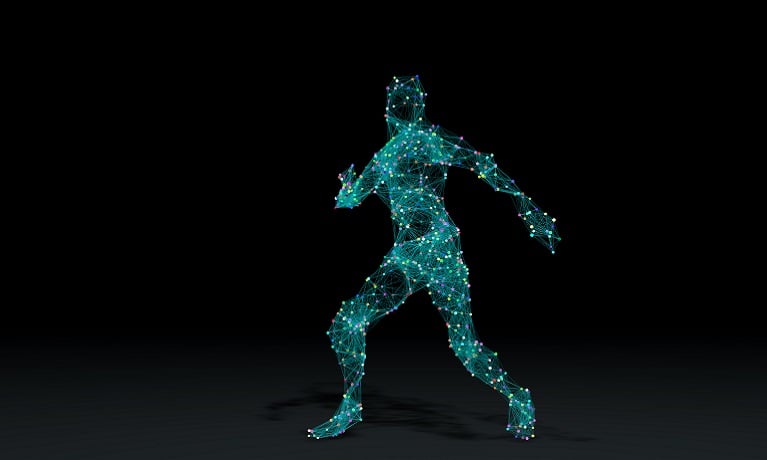Search
Dance and Machine Learning: Unlocking Embodied Creativity for Generative Art

We’re sorry.
This event has ended.
See our upcoming events.
Friday 26 March 2021
03:00 PM - 04:00 PM
Location
Event details
Abstract: This presentation hosted by the Centre for Data Science provides an overview of research that is conducted in the context of a Marie Curie Fellowship. This research combines investigations into principles of embodied creativity with the adoption of state-of-the-art methods in machine learning with the goal of enabling new approaches in computer-based generative art and dance technology. The main focus of the presentation lies on a recently developed choreographic tool that can be trained with motion capture data and then used to generate new dance movement sequences. This tool combines a recurrent adversarial autoencoder architecture with a sequence blending mechanism that is inspired by two popular sound synthesis techniques. The presentation will also outline additional ongoing and planned research activities. These include: The application of pose-estimation systems for stage performance, the correlation of music and movement, the articulation of virtual bodies in simulated environments, and the analysis of multi-modal sensor data for movement therapy and dance education.
Speaker Bio: Daniel Bisig holds a Master's and PhD degree in Natural Sciences. He is active as a researcher and artist in the fields of generative art and dance technology. He has worked as a researcher at the Institute for Biochemistry at the Swiss Federal Institute of Technology and the Artificial Intelligence Laboratory of the University of Zurich. He has recently been awarded a Marie Curie Fellowship, in the context of which he is currently working at the Centre for Dance Research at Coventry University and MotionBank at the University of Applied Research, Mainz. In addition, he holds a senior research position at the Institute for Computer Music and Sound Technology at the Zurich University of the Arts. As part of his artistic activities, he has realized algorithmic films, interactive installations and audiovisual performances, some of them in collaboration with musicians and choreographers. The derivation of generative algorithms and interaction techniques from simulation-based models and data-driven techniques forms a central aspect of his work.


